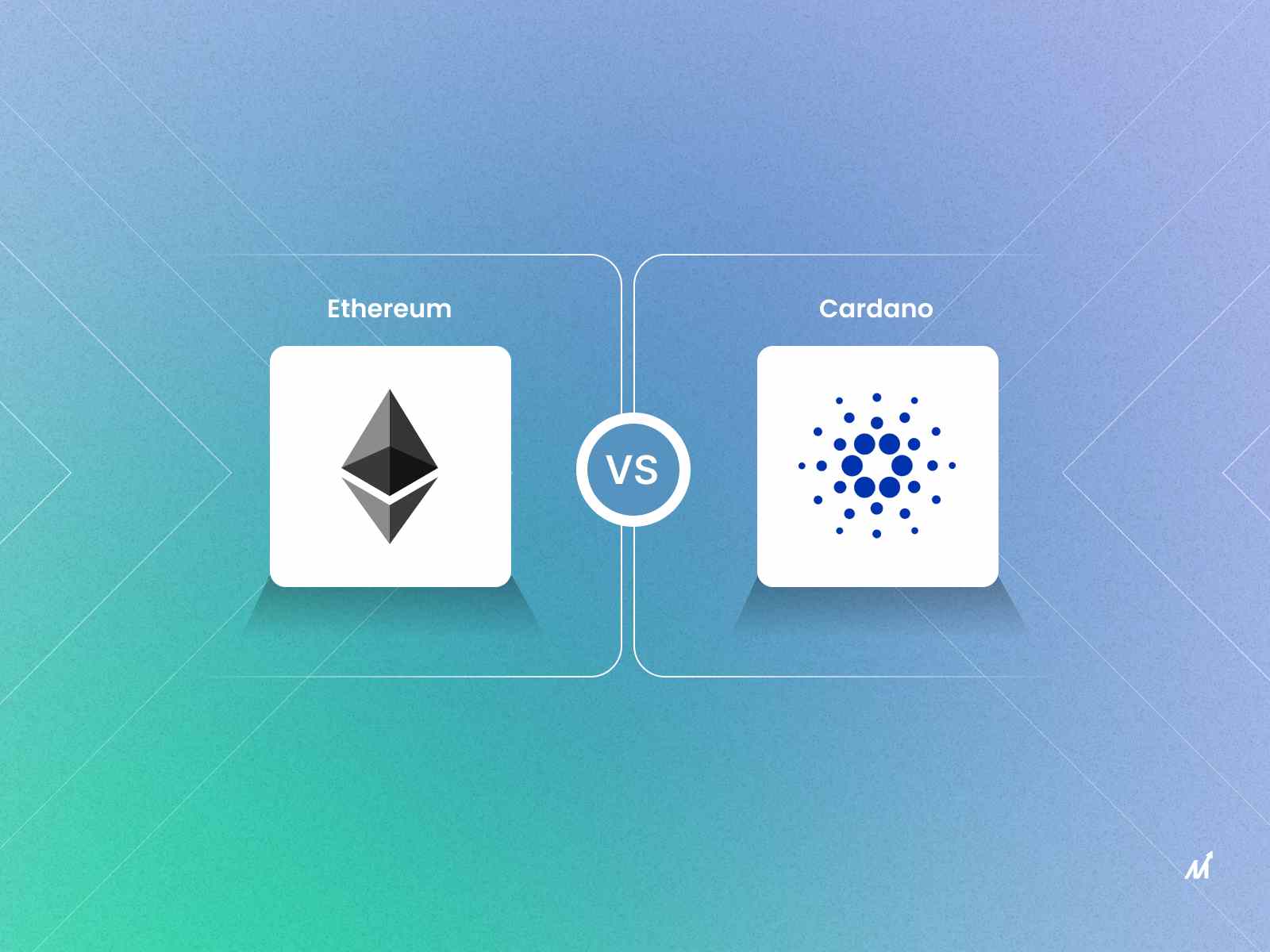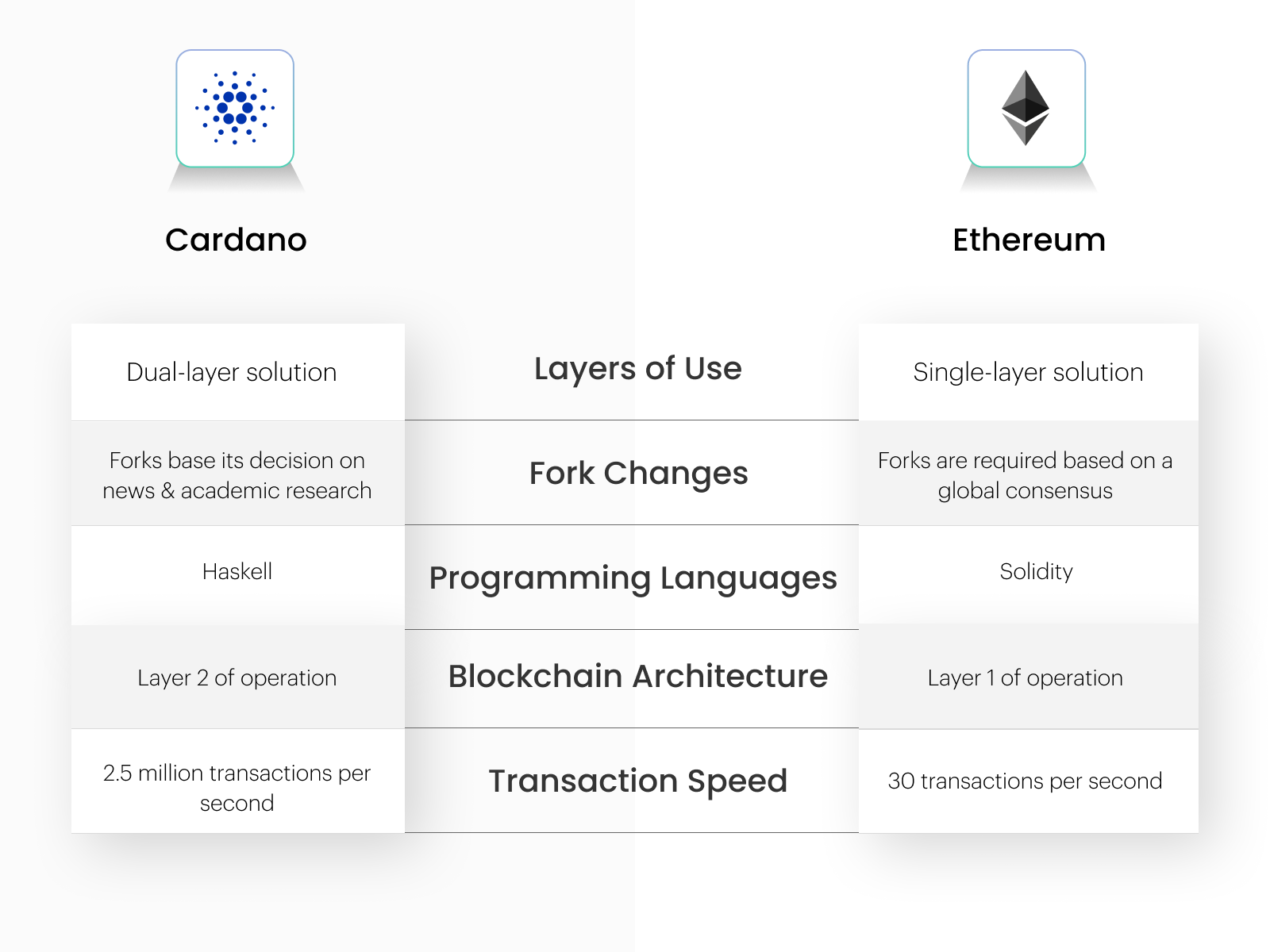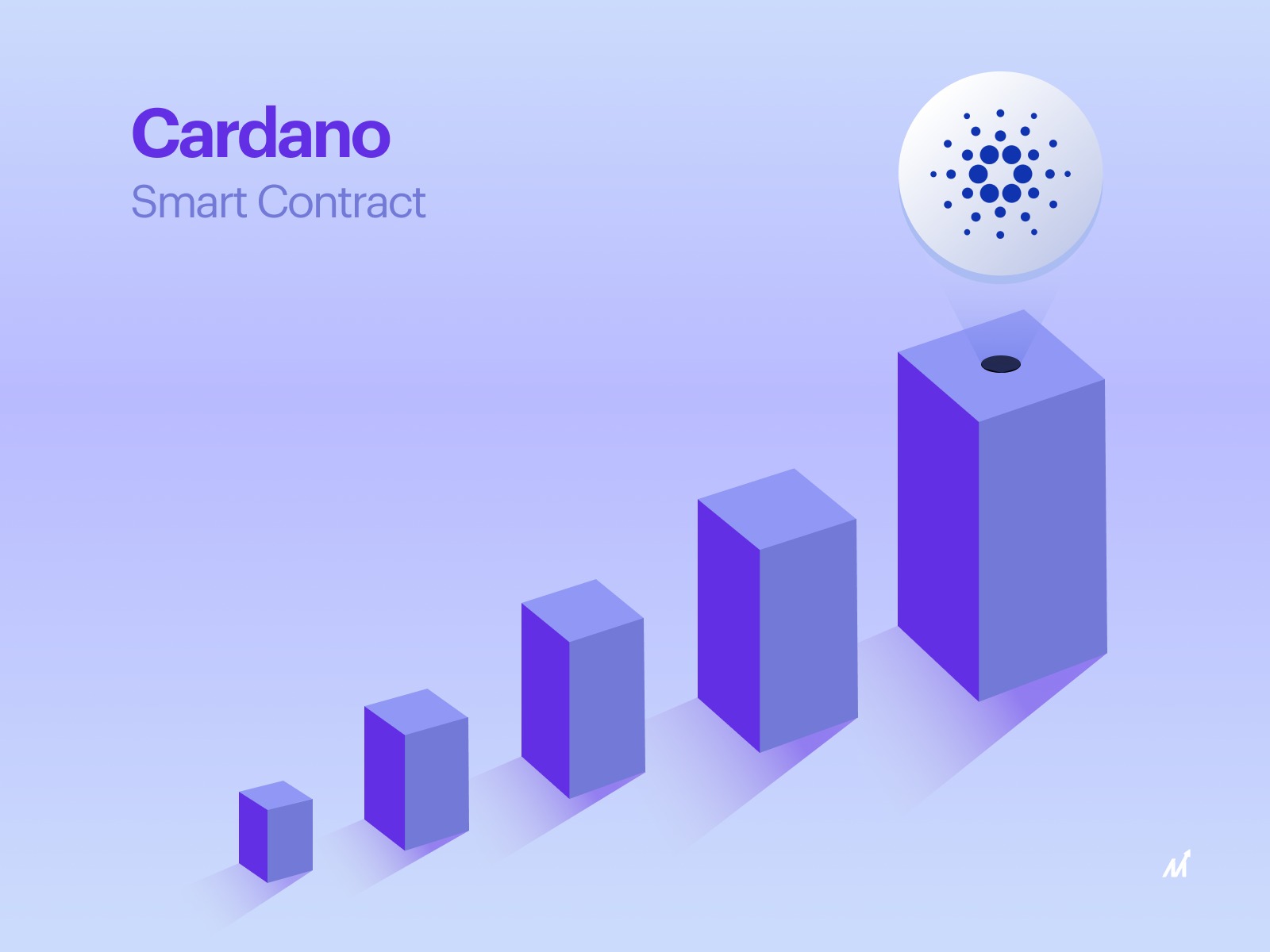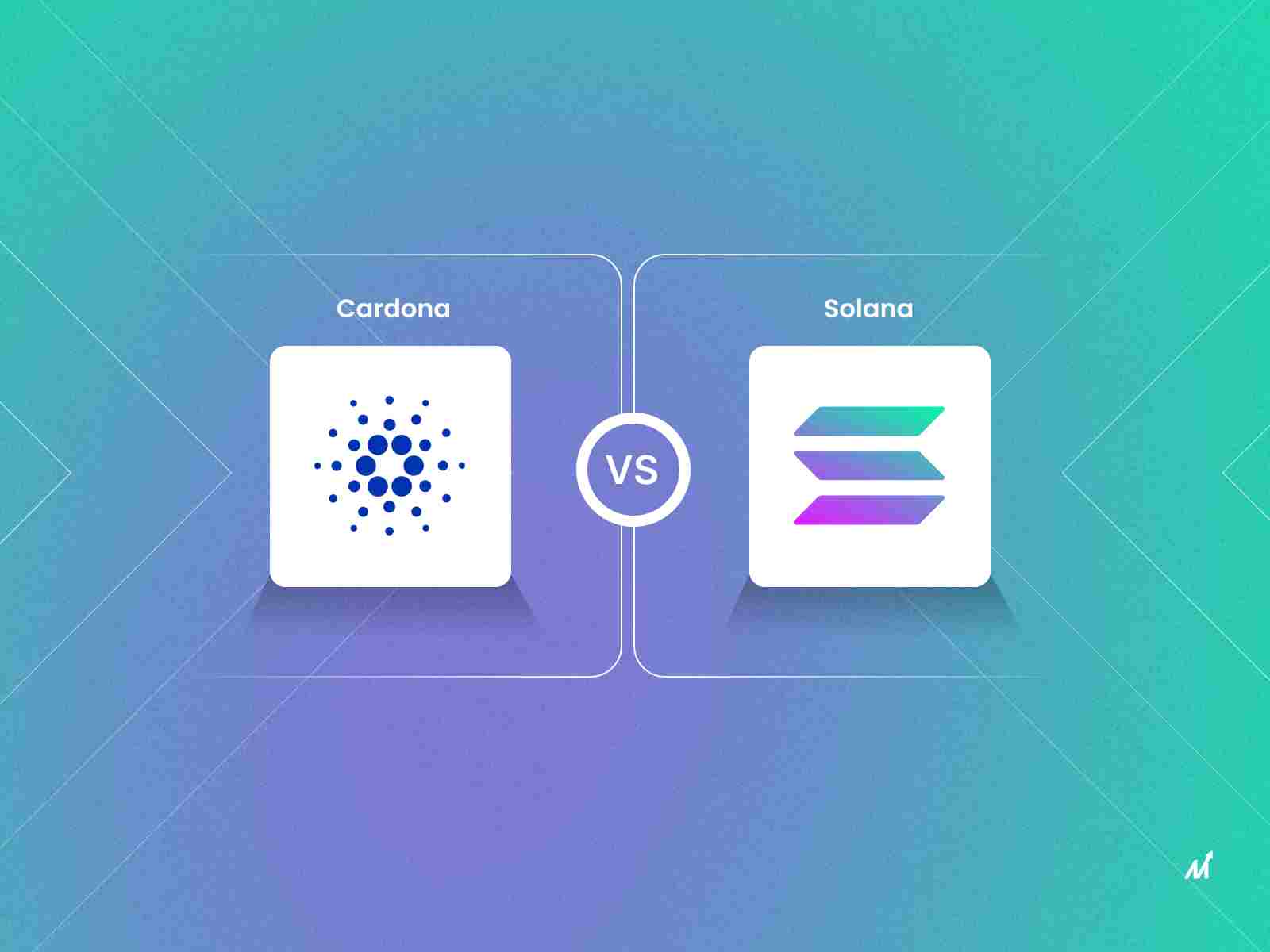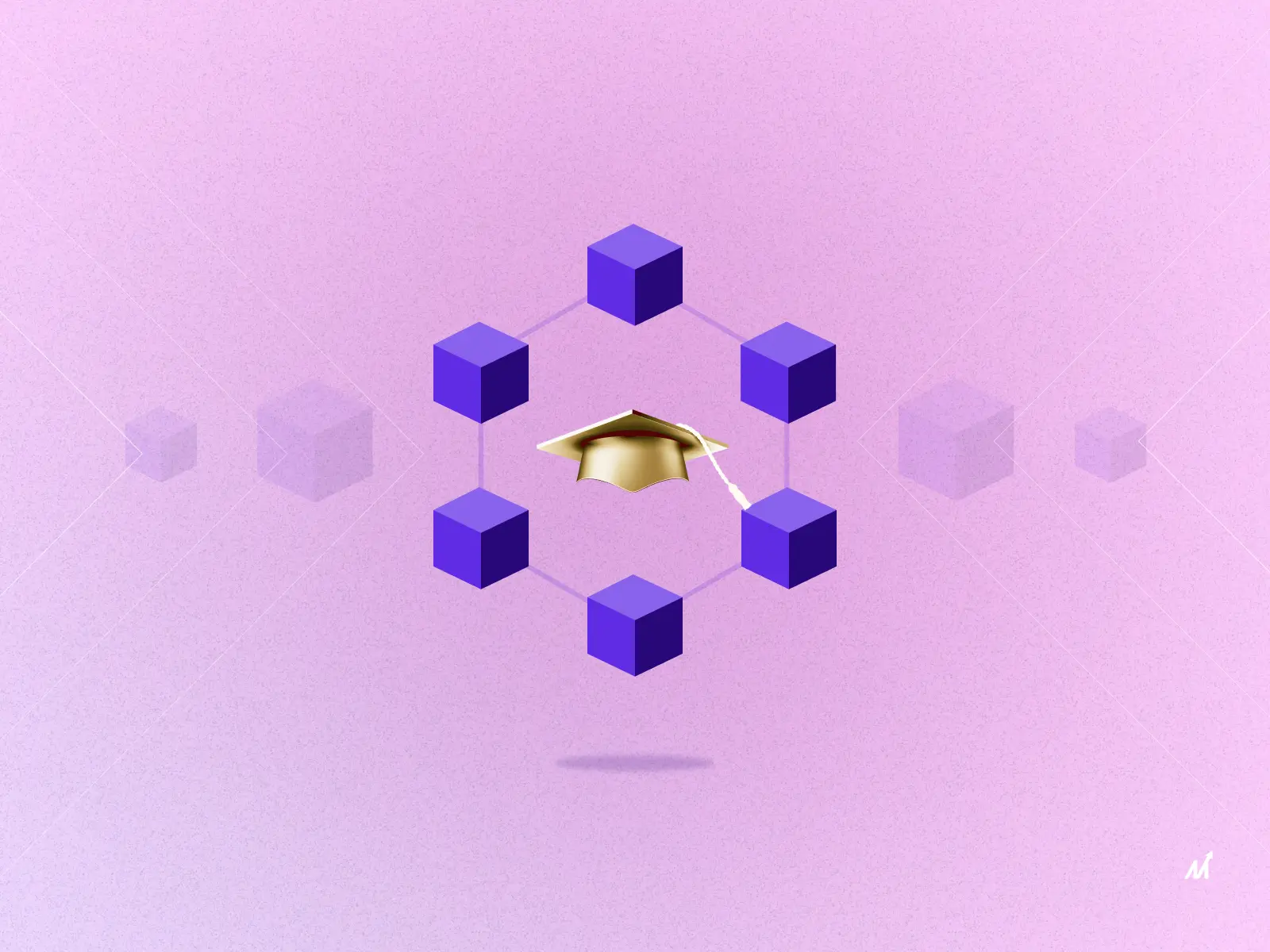Cardano vs Ethereum: Introduction
Two notable cryptocurrency projects, Cardano and Ethereum, aim to supply the fundamental framework for blockchain-based services and applications. On Ethereum or Cardano, projects can function independently of a governing body like a bank or broker. The primary distinction between Ethereum and Cardano is that Ethereum has become a key player in the cryptocurrency ecosystem. On the other hand, Cardano, a more recent technology that has approached its distribution more methodically, is still developing its features and user base. Many firms are interested in learning the critical distinctions between Cardano and Ethereum in light of usability, that is, Cardano vs Ethereum.
Although Ethereum and Cardano are rival technologies, they have a similar history. Charles Hoskinson, the creator of Cardano, was one of Ethereum’s first programmers. Peer-to-peer transactions are possible with Cardano and Ethereum, but they can also be used to pay for services and computing power on the underlying blockchain networks of both coins. However, people frequently purchase both on exchanges and keep them or trade them to make a profit. As such, both are commonly utilized as investment items.
What Is Ethereum?
A blockchain platform called Ethereum was established in 2015. Solidity is the name of Ethereum’s programming language. Blocks are incredibly simple to mine on Ethereum’s blockchain because it runs significantly faster than Bitcoins. It is also not a cryptocurrency with a cap. However, its blockchain utilizes the same Proof-of-Work (PoW) technology as Bitcoin to mine blocks and validate transactions.
Ethereum’s primary mission is to serve as a decentralized application platform, which can also work as a means of exchange similar to Bitcoin. Ethereum is a decentralized public ledger for confirming and storing transactions since it is a blockchain network. Users of the platform can build, publish, monetize, and use applications while paying with the network’s cryptocurrency, Ether. The network’s decentralized applications are referred to as “dApps” by insiders. For contracts and applications created on the platform, the Ether token serves as the medium of exchange. Users on the Ethereum blockchain can make smart contracts. Smart contracts are critical characteristics of Ethereum that distinguish it from other cryptocurrency competitors.
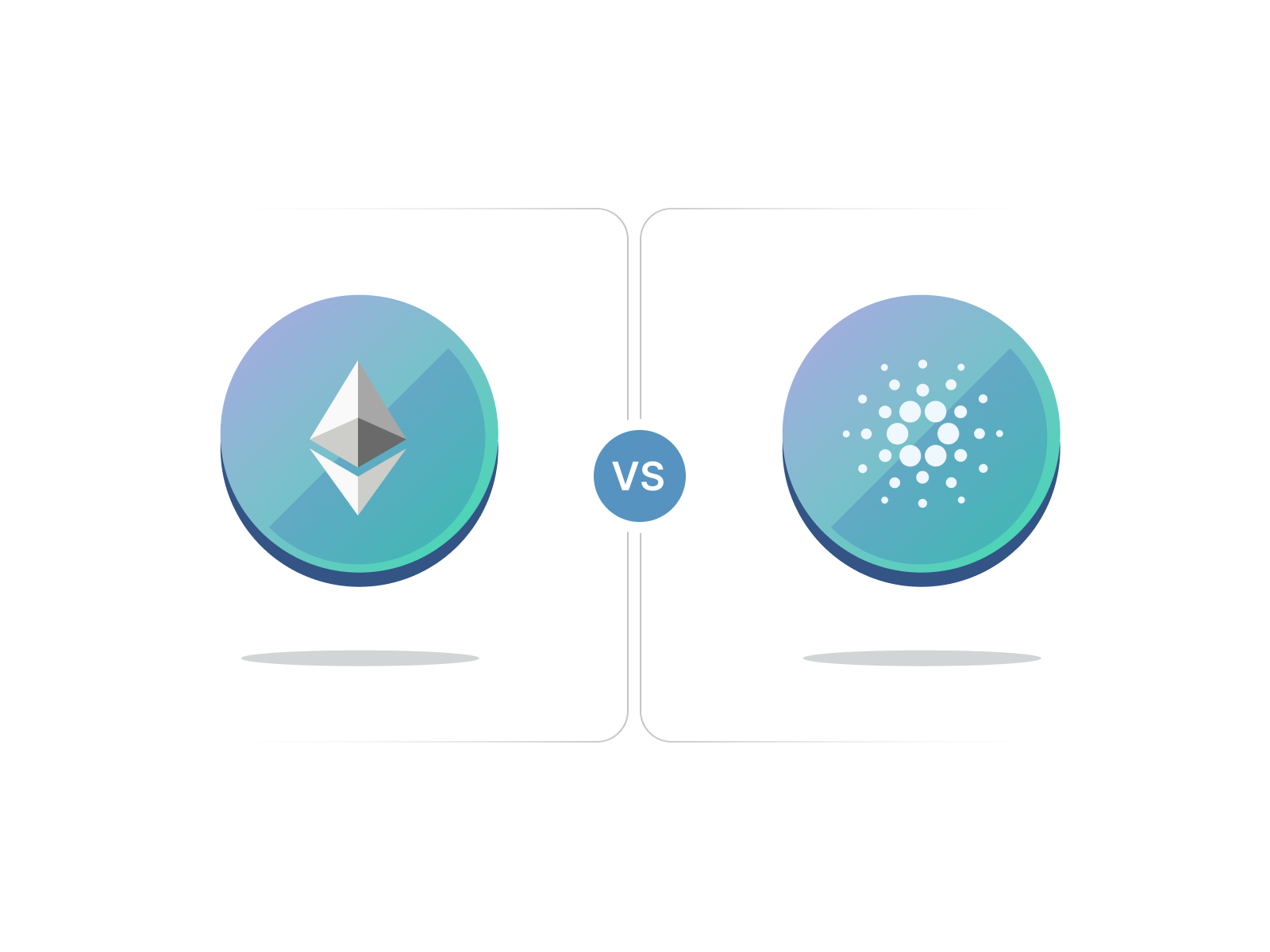
What Is Cardano?
A blockchain platform called Cardano was established in 2017. The platform’s coin is called Ada. The Proof-of-Stake Ouroboros consensus protocol powers Cardano. A blockchain platform’s algorithm is its beating heart since it builds blocks and validates transactions. Cardano uses the Ouroboros algorithm to mine blocks using the Proof-of-Stake (PoS) protocol. During the block creation process, the protocol aims to minimize energy consumption. Cardano wants to be a platform for creating decentralized applications (dApps) with a multi-asset ledger and verifiable smart contracts.
Cardano vs Ethereum: Key Differences
1. Programming Languages
All Ethereum virtual machine-compatible blockchains use Solidity. This accounts for a sizable portion of the blockchain market.
Compare this to Cardano, which presumably leverages Haskell due to its speed and security. Haskell is controversial among many developers because it is far more challenging to learn.
2. Blockchain Architecture
Among technologies, Ethereum is at Layer 1. Yes, even with the anticipated Beacon Chain, Merge, and everything else, these are just a few of the network changes that will fortify the Ethereum network and enable its architecture for rollups on Layer 2.
Surprisingly, Cardano also uses two layers of operation. The Cardano Settlement Layer is a transactional layer. It employs smart contracts to enable dApps to run on the Cardano Computation Layer built on top of it.
3. Layers Of Use
The use layers for Cardano and Ethereum 2.0 will remain the same. Ethereum 2.0 will continue to be a single-layer solution for controlling smart contracts and distributed applications.
Cardano will have a dual-layer architecture that combines the capability of smart contracts with a currency that drives financial exchanges. Cardano will continue to be more functional, but the Ethereum blockchain’s modification will make it a more attractive option for widespread adoption.
4. Fork Changes
Several forks of Cardano or Ethereum 2.0 may be implemented depending on the conditions. Ethereum will decide which forks are required based on a global consensus.
Cardano will base its decision-making on news and academic research.
5. Transaction Speed
Ethereum can handle up to 30 transactions per second on Layer 1 (TPS). Despite complaints about Cardano’s slow rate of development, the chain has a processing capacity of about 250 TPS.
For instance, Cardano’s Layer 2 Hydra update could increase TPS to a theoretical 2.5 million. A TPS rise of up to 100,000 (!) is anticipated due to Ethereum’s enhancements.
Table Of Comparison Of Cardano vs Ethereum
| Cardano | Ethereum 2.0 | |
| Feature | ADA | ETH2 |
| Formation | 2017 | 2021 |
| General Purpose | Monetary transactions and support for smart contracts | Smart contract support |
| Transaction Function | Smart contract operations | Smart contract operations |
| What Dictates Forks? | Academic reviews surrounding whatever works at a time | General voting on what to do with the current blockchain |
| Maximum Available Supply | 45 billion | None, but the total supply cannot grow by over 4.5 percent in one year |
| Mining Standard | Proof of stake | Proof of stake |
Pros & Cons Of Cardano vs Ethereum: For Businesses
Cardano
Pros
- It is a multichain layer that relies on computing and settlement layers to provide infinite scalability and rapid transactions.
- Cardano has an excellent development team and a stable platform that has been reviewed.
- The open-source Cardano platform uses the Haskell programming language for its code.
- The network offers digital identity to unbanked people worldwide and is secure.
Cons
- Cardano’s development phase has not been completed at a slower rate.
- Only a small number of transactions can be completed in a second.
- The platform is more vulnerable to a 51% attack because the algorithm supposed to sync the ledgers doesn’t seem to work.
- 75% of the ADA is staked.
Ethereum
Pros
- It is a better, more affordable, and more effective way to transmit money worldwide since no middleman is needed to complete transactions.
- Since the servers are not under the control of a single company, there is never any downtime.
- Unlike Bitcoin, Ethereum is simpler to mine and is beneficial to the environment.
- Since the protocol is open-source, the community is getting more robust, effective, and secure daily.
Cons
- Solidity is a complex programming language.
- Network congestion and low network stability.
- Due to miner payouts, the cost-effectiveness is currently slightly lower but could improve after the merger.
- Since a split can occur if holders of ETH disagree with any ongoings on the network, Ethereum does not have any rules on when one will occur.
Cardano vs Ethereum: Similarity
Mining Methods
Both currencies will employ the proof-of-stake mining method, which lets users stake their possessions to confirm transactions.
Smart Contracts
Smart contracts still be a part of both currencies’ operations. Since smart contracts make it simpler for data to transfer equitably between participants, they are essential for conducting trusted transactions on the blockchain. Users can specify specific guidelines for their transactions and what can be anticipated along the transaction process.
Which One Is The Better Investment?
Although Ethereum and Cardano share many aspects, they also differ significantly. The best choice for businesses will mostly depend on their personal preferences.
Although all cryptocurrencies are currently risky investments, Ethereum is typically considered the safer option. It has the advantage of being much bigger and more popular than Cardano. Additionally, Ethereum is older, whereas Cardano is quite new and is currently developing its foundation.
Nothing is definite at this time, though, as all cryptocurrency is still speculative. In particular, if Ethereum encounters problems with its switch to a PoS protocol, Cardano’s gradual approach might allow it to see long-term growth.
Remember that cryptography isn’t always a zero-sum game. By creating their distinctive markets within the industry, Ethereum and Cardano may both find success. But it will be simpler to choose which investment is the best fit for you now if you weigh the advantages and disadvantages of each one.
Cardano vs Ethereum: Markovate’s Take
Because their networks offer comparable services, Cardano and Ethereum are frequently developed. Both the Ethereum (ETH) and Cardano (ADA) blockchains allow developers to implement similar functionality, such as executing smart contracts and creating programs (decentralized applications). The primary distinction at this time is that Cardano’s Proof-of-Stake Ouroboros consensus algorithm is now proving to be more flexible than Ethereum’s Proof-of-Work blockchain.
Ultimately, the Ethereum vs Cardano argument is an erroneous choice for an investor. These two blockchain networks are here to stay and are both expected to appreciate over time. Cardano is a smart investment throughout the short to medium term. It is reasonably priced, and both will gain value as the dApp industry expands. With its significant market share and the promised enhancements in Ethereum 2.0, Ethereum is an excellent cryptocurrency to own in the long run.
Cardano vs Ethereum: FAQs
1. Can Ethereum beat Cardano?
Even the most optimistic Cardano backers admit that Cardano might only surpass Ethereum in six to ten years, not sooner.
2. Do companies prefer Ethereum or Cardano?
The value of Ethereum is higher. After Bitcoin, Ethereum has consistently ranked as the second-most valued cryptocurrency in recent years. Despite having seen a sharp rise in value since launch, Cardano still barely makes up 10% of Ethereum’s market cap.

